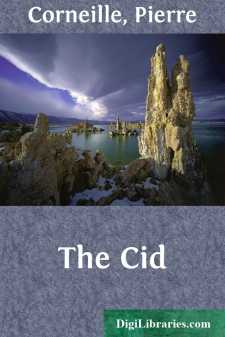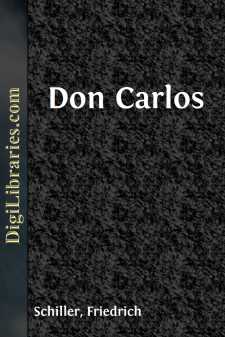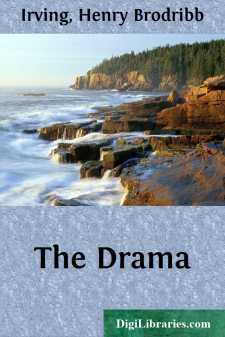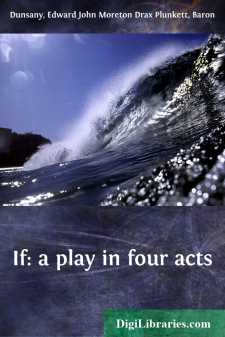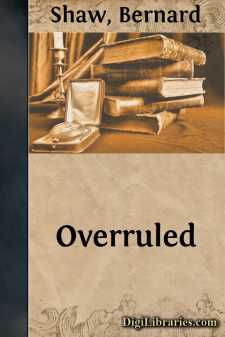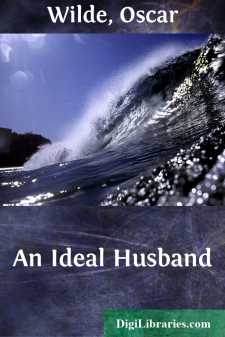Drama Books
Sort by:
THE JEW OF MALTA. Enter MACHIAVEL. MACHIAVEL. Albeit the world think Machiavel is dead,Yet was his soul but flown beyond the Alps;And, now the Guise is dead, is come from France,To view this land, and frolic with his friends.To some perhaps my name is odious;But such as love me, guard me from their tongues,And let them know that I am Machiavel,And weigh not men, and therefore not men's...
more...
by:
John Galsworthy
ACT I HILLCRIST'S study. A pleasant room, with books in calfbindings, and signs that the HILLCRIST'S have travelled, suchas a large photograph of the Taj Mahal, of Table Mountain, andthe Pyramids of Egypt. A large bureau [stage Right], devotedto the business of a country estate. Two foxes' masks.Flowers in bowls. Deep armchairs. A large French window open[at Back], with a lovely view of...
more...
by:
Pierre Corneille
Act the First. Scene I.—Chimène and Elvira. Chimène. Elvira, have you given me a really true report? Do you conceal nothing that my father has said? Elvira. All my feelings within me are still delighted with it. He esteems Rodrigo as much as you love him; and if I do not misread his mind, he will command you to respond to his passion. Chimène. Tell me then, I beseech you, a second time, what makes...
more...
SCENE I. The Royal Gardens in Aranjuez. CARLOS and DOMINGO. DOMINGO.Our pleasant sojourn in AranjuezIs over now, and yet your highness quitsThese joyous scenes no happier than before.Our visit hath been fruitless. Oh, my prince,Break this mysterious and gloomy silence!Open your heart to your own father's heart!A monarch never can too dearly buyThe peace of his own son—his only son.[CARLOS looks...
more...
by:
William Congreve
TO THERIGHT HONOURABLE CHARLES MONTAGUE,ONE OF THE LORDS OF THE TREASURY. Sir,—I heartily wish this play were as perfect as I intended it, that it might be more worthy your acceptance, and that my dedication of it to you might be more becoming that honour and esteem which I, with everybody who is so fortunate as to know you, have for you. It had your countenance when yet unknown; and now it is made...
more...
MERRY WIVES OF WINDSOR. Besides the copies of the Merry Wives of Windsor appearing in the folios and modern editions, a quarto, Q, has been collated in these Notes, of which the following is the title: The | Merry Wives | of Windsor. | with the humours of Sir John Falstaffe, | as also, The swaggering Vaine of Ancient | Pistoll, and Corporall Nym. |written by William Shake-speare. | Newly corrected. |...
more...
THE STAGE AS IT IS. LADIES AND GENTLEMEN, You will not be surprised that, on this interesting occasion, I have selected as the subject of the few remarks I propose to offer you, "The Stage as it is." The stage—because to my profession I owe it that I am here, and every dictate of taste and of fidelity impels me to honor it; the stage as it is—because it is very cheap and empty honor that is...
more...
ACT I SCENE 1 A small railway station near London. Time: Ten years ago. BERT'Ow goes it, Bill? BILLGoes it? 'Ow d'yer think it goes? BERTI don't know, Bill. 'Ow is it? BILLBloody. BERTWhy? What's wrong? BILLWrong? Nothing ain't wrong. BERTWhat's up then? BILLNothing ain't right. BERTWhy, wot's the worry? BILLWot's the worry? They don't give...
more...
by:
Bernard Shaw
THE ALLEVIATIONS OF MONOGAMY. This piece is not an argument for or against polygamy. It is a clinical study of how the thing actually occurs among quite ordinary people, innocent of all unconventional views concerning it. The enormous majority of cases in real life are those of people in that position. Those who deliberately and conscientiously profess what are oddly called advanced views by those...
more...
by:
Oscar Wilde
FIRST ACT SCENE The octagon room at Sir Robert Chiltern’s house in Grosvenor Square. [The room is brilliantly lighted and full of guests. At the top of the staircase stands lady chiltern, a woman of grave Greek beauty, about twenty-seven years of age. She receives the guests as they come up. Over the well of the staircase hangs a great chandelier with wax lights, which illumine a large...
more...




